Home>Gardening & Outdoor>Landscaping Ideas>How To Fertilize Your Grass
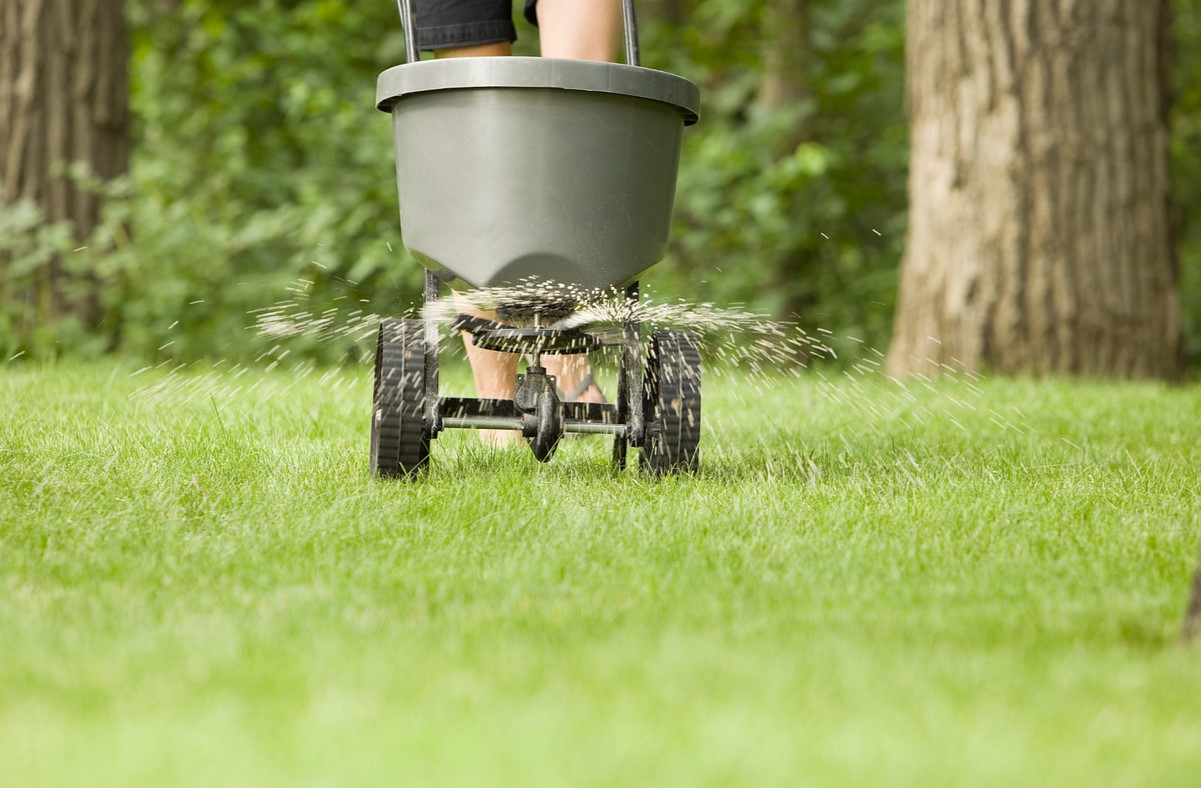

Landscaping Ideas
How To Fertilize Your Grass
Modified: October 19, 2024
Learn effective landscaping ideas for fertilizing your grass and keeping your lawn healthy. Discover expert tips and techniques for achieving a lush, vibrant lawn.
(Many of the links in this article redirect to a specific reviewed product. Your purchase of these products through affiliate links helps to generate commission for Storables.com, at no extra cost. Learn more)
Introduction
So, you've decided to take the plunge and commit to enhancing the lushness and vibrancy of your lawn. Congratulations! Fertilizing your grass is a fantastic way to promote healthy growth and achieve that enviable, verdant expanse you've always dreamed of. Whether you're a seasoned lawn care enthusiast or a newcomer to the world of grass maintenance, this comprehensive guide will equip you with the knowledge and insights needed to transform your lawn into a stunning masterpiece.
Fertilizing your grass is not just about sprinkling some granules and hoping for the best. It's a strategic and science-based approach to nurturing your lawn and providing it with the essential nutrients it needs to thrive. By understanding the unique characteristics of your grass, selecting the right fertilizer, and following best practices for application, you can ensure that your lawn remains resilient, vibrant, and the envy of the neighborhood.
In this guide, we'll delve into the intricacies of fertilizing your grass, exploring the different types of grasses, the role of fertilizers in promoting healthy growth, and the best practices for application. By the end, you'll be equipped with the knowledge and confidence to elevate your lawn care routine to new heights. So, grab your gardening gloves and let's embark on this exciting journey to unlock the full potential of your lawn!
Key Takeaways:
- Understanding your grass’s unique needs and selecting the right fertilizer are crucial for a vibrant, healthy lawn. Tailoring your approach based on grass species and seasonal timing sets the stage for success.
- Precision in fertilizer application, along with integrated lawn care practices, promotes lush, resilient growth. Regular mowing, adequate watering, and proactive maintenance contribute to a thriving, beautiful lawn.
Read more: How To Fertilize Centipede Grass
Understanding Your Grass
Before diving into the world of fertilizers, it’s crucial to develop a deep understanding of your grass. Lawns are often comprised of different grass species, each with its own unique characteristics and requirements. Common grass types include Kentucky bluegrass, Bermuda grass, fescue, and zoysia, among others. These grasses vary in terms of growth patterns, water needs, and ideal growing conditions.
Take a closer look at your lawn to identify the predominant grass species. Understanding the specific attributes of your grass will enable you to tailor your fertilization approach to meet its distinct needs. For instance, Kentucky bluegrass thrives in cooler climates, while Bermuda grass is well-suited to warmer regions. By recognizing these differences, you can select a fertilizer that aligns with your grass’s preferences, setting the stage for optimal growth and resilience.
Furthermore, consider the unique characteristics of your lawn, such as its sun exposure, soil composition, and drainage patterns. These factors play a pivotal role in determining the health and vitality of your grass. By gaining insights into your lawn’s individual traits, you can make informed decisions when choosing the right fertilizer and devising a fertilization schedule that caters to your grass’s specific needs.
Remember, a thriving lawn begins with a deep understanding of the grasses that compose it. By familiarizing yourself with the distinct attributes of your grass and the environmental factors that influence its growth, you can lay a solid foundation for successful fertilization and long-term lawn health.
Choosing the Right Fertilizer
With a myriad of fertilizers lining the shelves of garden centers, selecting the right one for your lawn can feel like navigating a maze. However, by understanding the key components of fertilizers and their impact on your grass, you can make an informed choice that will propel your lawn towards lush, vibrant growth.
Fertilizers are typically labeled with three prominent numbers, such as 10-10-10 or 20-5-10. These numbers represent the percentage of nitrogen, phosphorus, and potassium in the fertilizer, respectively. Each of these nutrients plays a crucial role in supporting different aspects of your grass’s health and development.
Nitrogen is vital for promoting leafy, green growth, making it essential for maintaining a lush and vibrant lawn. Phosphorus contributes to robust root development and overall plant strength, while potassium aids in disease resistance and stress tolerance. When selecting a fertilizer, consider the specific needs of your grass species and the current condition of your lawn to determine the ideal balance of these nutrients.
For instance, if your grass is in need of a growth boost and vibrant color, a fertilizer with a higher nitrogen content, such as a 20-5-10 blend, may be suitable. Conversely, if your primary goal is to fortify the roots and enhance overall resilience, a fertilizer with a higher phosphorus and potassium content, such as a 10-20-10 blend, could be more beneficial.
Additionally, consider the formulation of the fertilizer, which can range from granular to liquid. Granular fertilizers are well-suited for larger lawn areas and provide a slow-release nutrient supply, while liquid fertilizers offer quick absorption and are ideal for targeted applications. By weighing these factors and aligning them with your grass’s specific needs, you can confidently select a fertilizer that will nurture your lawn towards optimal health and vitality.
Ultimately, the key to choosing the right fertilizer lies in understanding the nutritional requirements of your grass, evaluating the current state of your lawn, and selecting a fertilizer that addresses these needs effectively. Armed with this knowledge, you can embark on your fertilization journey with clarity and purpose, setting the stage for a flourishing, resilient lawn.
When to Fertilize
Timing is everything when it comes to fertilizing your grass. Understanding the seasonal needs of your lawn and the growth patterns of your grass species is essential for determining the most opportune moments to apply fertilizer. By aligning your fertilization schedule with the natural rhythms of your lawn, you can maximize the impact of the nutrients and foster robust, sustained growth.
In general, the ideal times to fertilize your grass are during the early spring and late fall. These periods coincide with key phases in your grass’s growth cycle, making them optimal for nutrient replenishment and support. In the spring, applying fertilizer helps kickstart the growing season, providing essential nutrients to fuel the emergence of new blades and promote overall vigor.
As the fall approaches, your grass shifts its focus towards root development and nutrient absorption in preparation for the winter months. Fertilizing in late fall bolsters your grass’s resilience, fortifying the roots and ensuring that it enters the dormant season in a healthy state. This proactive approach sets the stage for a robust comeback when the spring arrives, enabling your grass to thrive and flourish.
It’s important to note that the specific timing of fertilization may vary based on the grass species in your lawn and the climate of your region. For warm-season grasses, such as Bermuda grass or zoysia, the prime window for fertilization typically falls in late spring and early summer, aligning with their peak growth periods. Conversely, cool-season grasses like Kentucky bluegrass and fescue benefit from fall fertilization to bolster their resilience during the winter.
By tuning into the natural cues of your lawn and understanding the unique growth patterns of your grass species, you can fine-tune your fertilization schedule to maximize its impact. Keep an eye on the condition of your grass and adjust your fertilization timing accordingly, ensuring that your lawn receives the nourishment it needs to thrive throughout the changing seasons.
When fertilizing your grass, make sure to follow the instructions on the fertilizer package carefully to avoid over-fertilizing, which can harm your lawn. It’s best to apply fertilizer in the early spring or fall for the best results.
How to Apply Fertilizer
Applying fertilizer to your lawn is a precise and strategic endeavor that requires careful consideration of various factors, including the type of fertilizer, the size of your lawn, and the equipment at your disposal. By following best practices for application, you can ensure that the nutrients are distributed evenly and effectively, setting the stage for lush, vibrant growth.
Prior to applying fertilizer, it’s advisable to mow your lawn to a moderate height, removing any excessive grass blades that could hinder the absorption of the nutrients. This step creates an optimal environment for the fertilizer to reach the soil and penetrate the grass roots, maximizing its impact on the overall health of your lawn.
When it comes to spreading the fertilizer, consider using a broadcast spreader for larger areas or a handheld spreader for more precise application. These tools facilitate even distribution, preventing the risk of over-fertilization in certain areas and under-fertilization in others. It’s important to follow the manufacturer’s instructions regarding the spreader settings to achieve the desired coverage and application rate.
For granular fertilizers, walk at a steady pace while operating the spreader to ensure uniform coverage. It’s advisable to make two perpendicular passes to achieve thorough distribution and avoid missing any areas. If you’re using a liquid fertilizer, a hose-end sprayer or a watering can equipped with a fine rose attachment can be employed to apply the solution evenly across the lawn.
After applying the fertilizer, lightly water your lawn to encourage the nutrients to penetrate the soil and reach the grassroots. This step aids in activating the fertilizer and initiates the absorption process, ensuring that the nutrients are readily available to support the growth and vitality of your grass.
It’s crucial to exercise caution and precision during the application process to prevent fertilizer runoff and minimize the risk of environmental impact. Avoid fertilizing on windy days to prevent the spread of granules beyond your lawn, and be mindful of any water bodies in the vicinity to prevent nutrient runoff into aquatic ecosystems.
By adhering to these guidelines and approaching the application process with care and precision, you can optimize the effectiveness of the fertilizer and promote robust, sustained growth throughout your lawn. With a well-executed application, your grass will be poised to thrive and showcase its lush, vibrant beauty.
Read more: How To Fertilize New Grass Seed
Tips for Maintaining a Healthy Lawn
While fertilization plays a pivotal role in nurturing your grass, maintaining a healthy and vibrant lawn encompasses a range of practices that contribute to its overall well-being. By integrating these tips into your lawn care routine, you can create an optimal environment for your grass to thrive and flourish.
- Regular Mowing: Set a consistent mowing schedule to prevent your grass from becoming overly long. Avoid cutting more than one-third of the grass blade length at a time to promote healthy growth.
- Adequate Watering: Water your lawn deeply but infrequently, aiming for about 1-1.5 inches of water per week. Adjust your watering schedule based on the specific needs of your grass species and the prevailing weather conditions.
- Weed Control: Keep weeds at bay by implementing targeted control measures and maintaining a dense, healthy lawn that naturally inhibits weed growth.
- Aeration: Periodically aerate your lawn to alleviate soil compaction and enhance the penetration of nutrients, water, and air to the grassroots.
- Soil Testing: Conduct regular soil tests to assess the pH levels and nutrient composition of your soil, enabling you to make informed decisions regarding fertilization and soil amendments.
- Overseeding: Introduce new grass seed to fill in bare patches and promote a lush, uniform lawn that is resilient to environmental stressors.
- Integrated Pest Management: Embrace environmentally friendly pest control methods and monitor your lawn for signs of pest infestations, addressing any issues promptly and effectively.
- Seasonal Maintenance: Tailor your lawn care practices to align with the changing seasons, adjusting your fertilization, watering, and maintenance routines accordingly.
By incorporating these tips into your lawn care regimen, you can create an environment that fosters the health, resilience, and beauty of your grass. Remember that maintaining a vibrant lawn is a multifaceted endeavor that requires ongoing attention and care, but the rewards of a lush, thriving lawn make the effort truly worthwhile.
Conclusion
Embarking on the journey of fertilizing your grass is a commitment to nurturing and enhancing the natural beauty of your lawn. By gaining a deep understanding of your grass species, selecting the right fertilizer, and following best practices for application, you can lay the groundwork for a resilient, vibrant lawn that captivates the eye and enriches the outdoor experience.
As you navigate the nuances of lawn care, remember that the key to a healthy, thriving lawn lies in the harmonious integration of various practices, from fertilization and watering to mowing and pest management. Each of these elements contributes to the overall well-being of your grass, creating an environment where lush, vibrant growth can flourish.
By tuning into the natural rhythms of your lawn, aligning your practices with the unique needs of your grass species, and approaching lawn care with care and precision, you can unlock the full potential of your outdoor space. The result? A verdant, inviting expanse that beckons you to linger, relax, and revel in the beauty of nature.
So, as you embark on your journey to fertilize your grass, embrace the opportunity to cultivate a living canvas that reflects your dedication and care. With each application of fertilizer, each drop of water, and each gentle mow, you are nurturing not just grass, but a flourishing ecosystem that enriches your surroundings and brings joy to all who encounter it.
May your lawn flourish, your grass thrive, and your outdoor haven become a sanctuary of natural splendor. Happy fertilizing!
Frequently Asked Questions about How To Fertilize Your Grass
Was this page helpful?
At Storables.com, we guarantee accurate and reliable information. Our content, validated by Expert Board Contributors, is crafted following stringent Editorial Policies. We're committed to providing you with well-researched, expert-backed insights for all your informational needs.

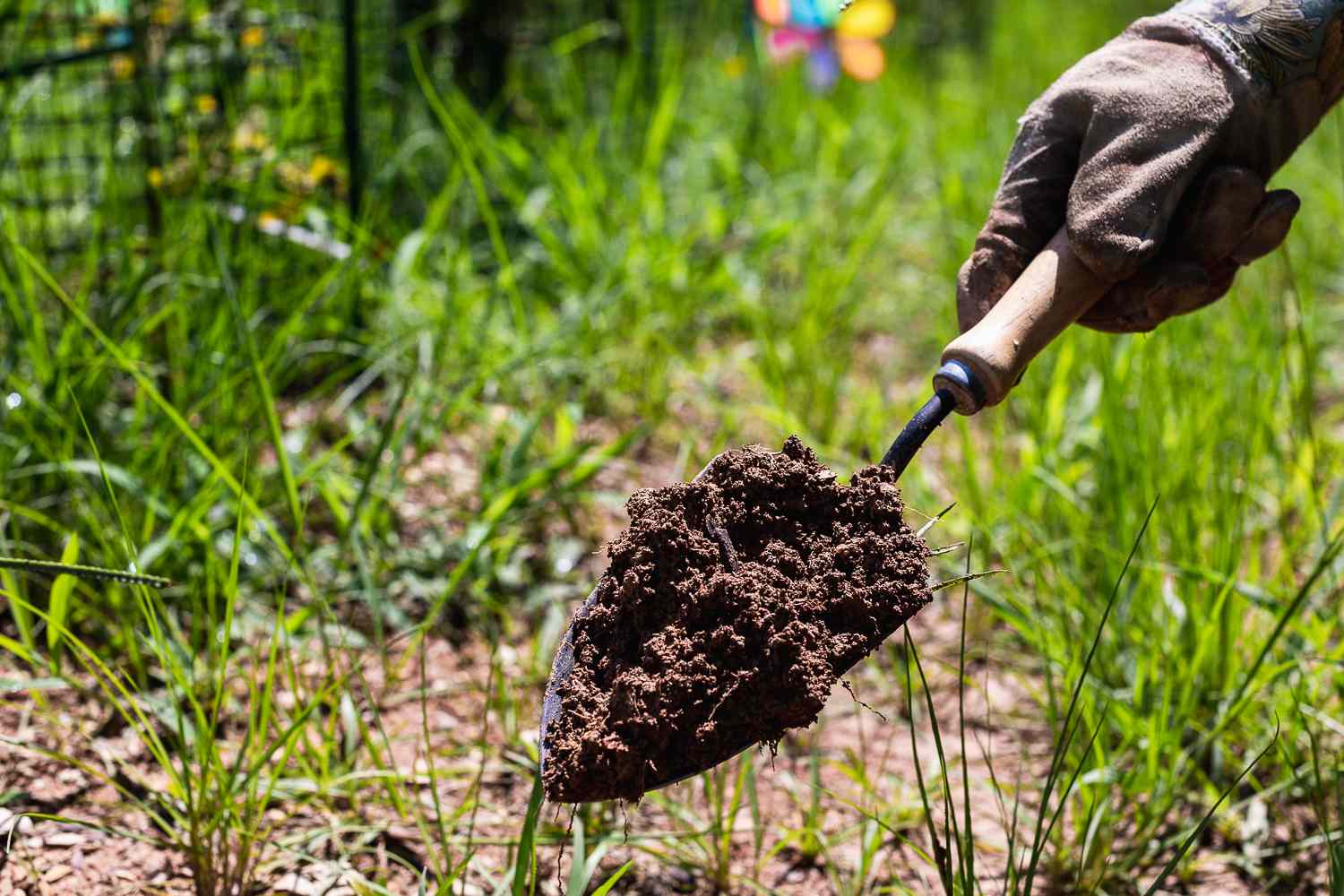
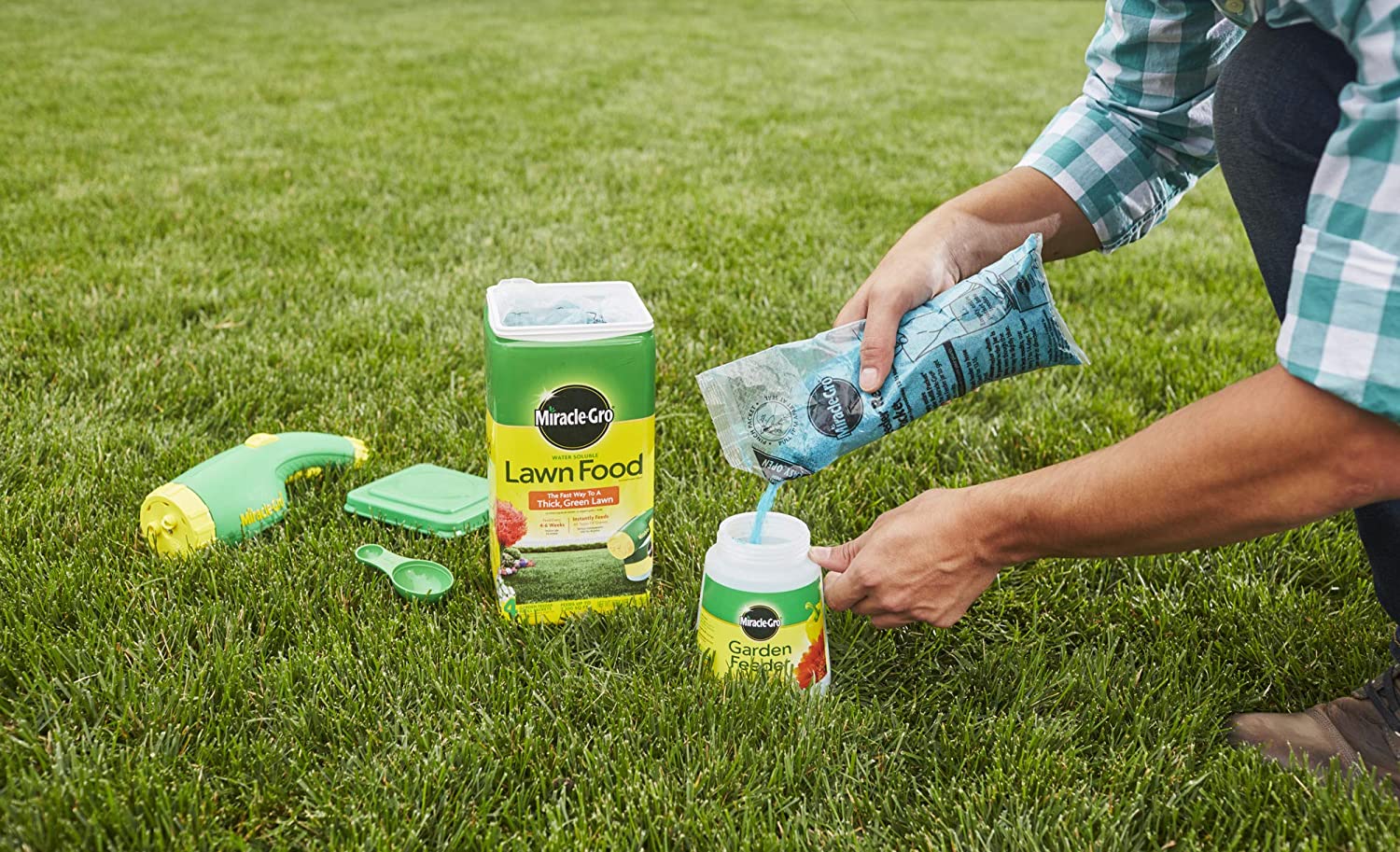
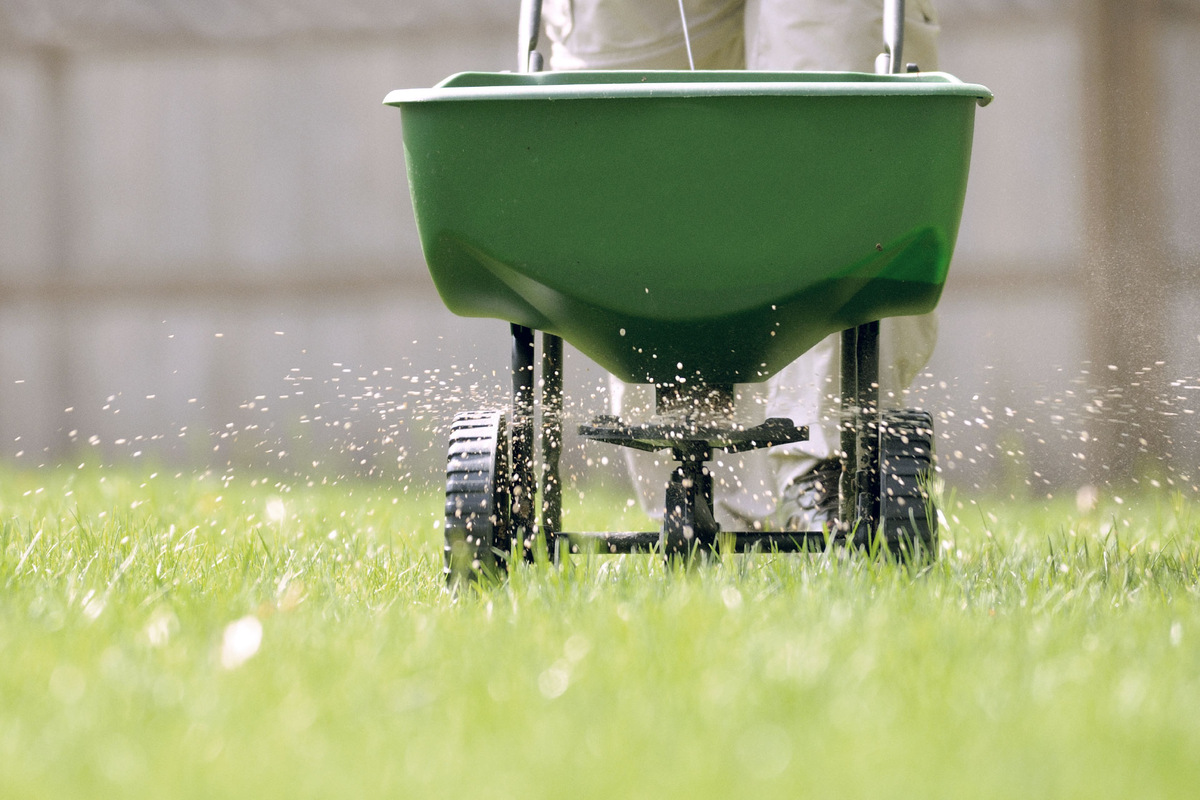
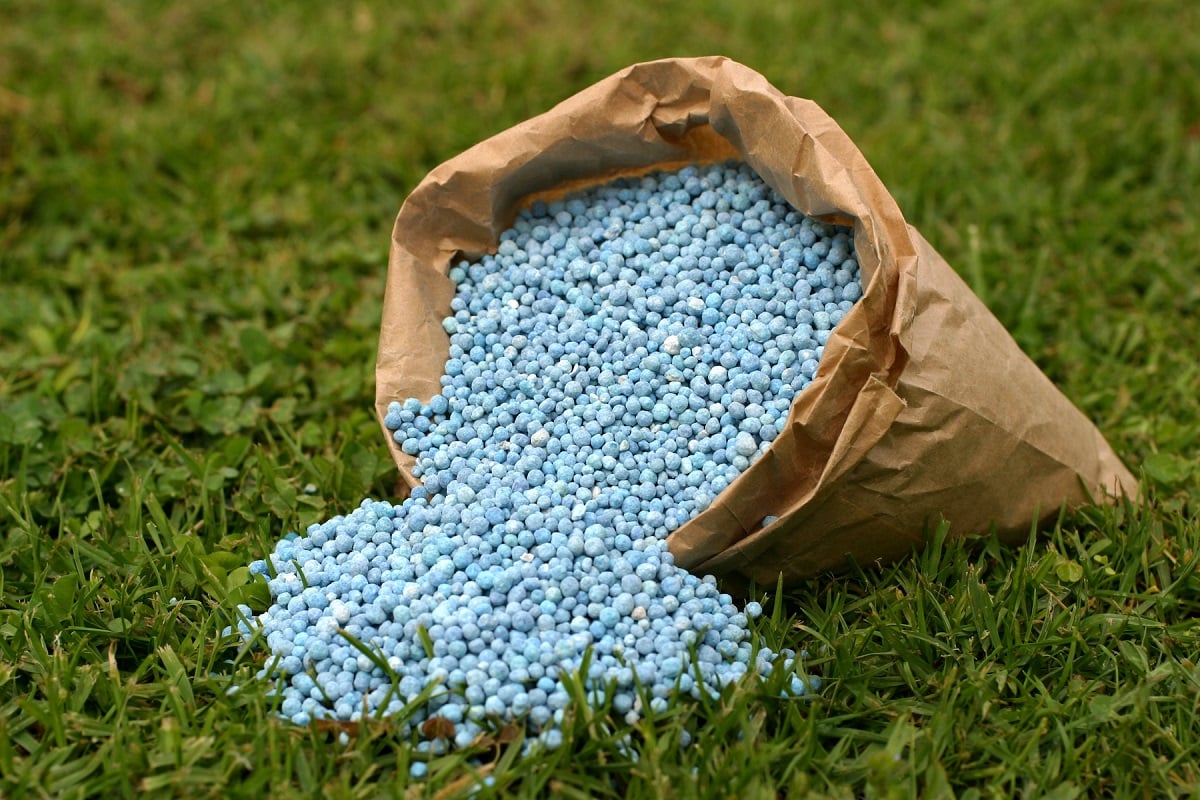
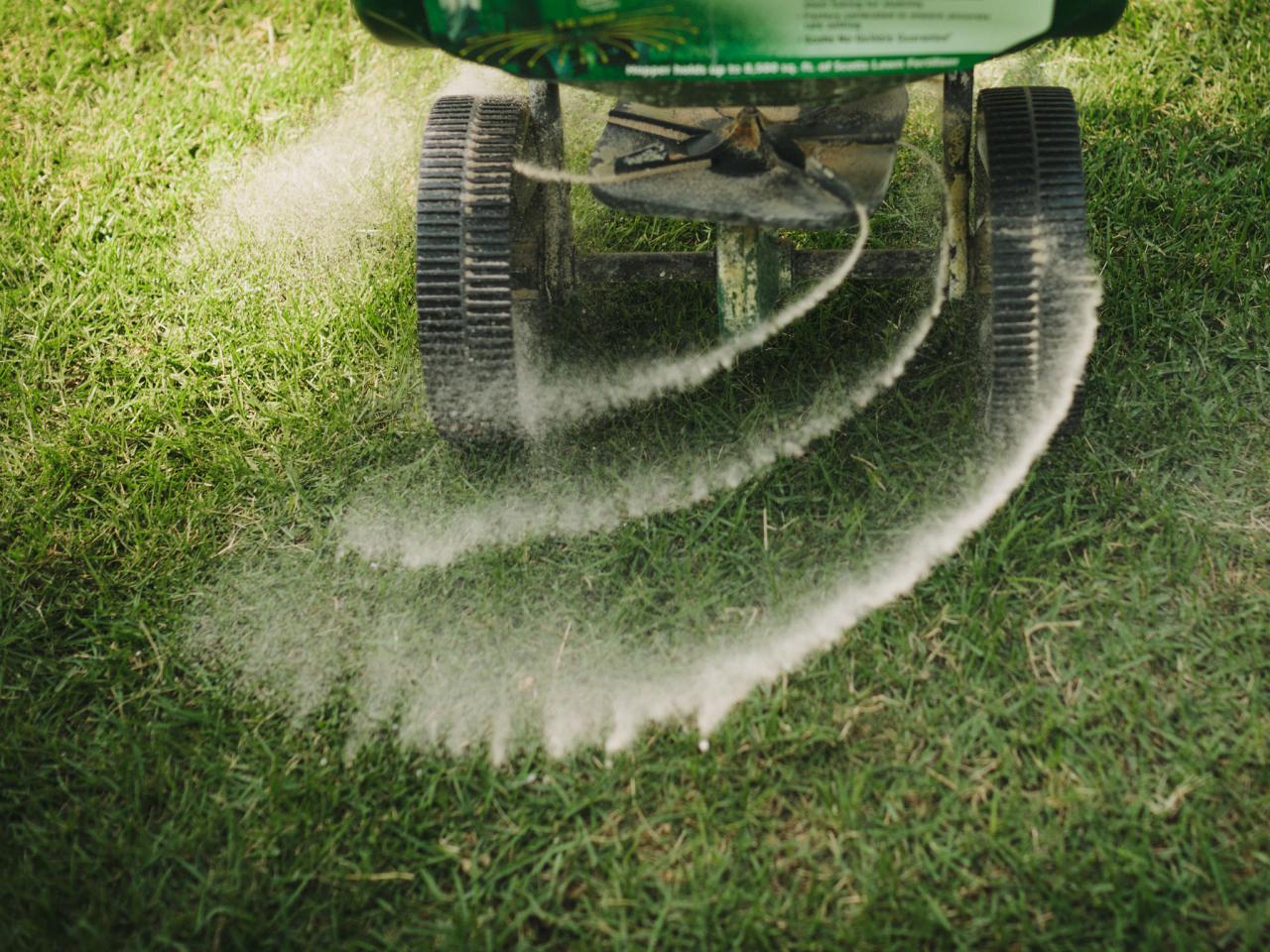

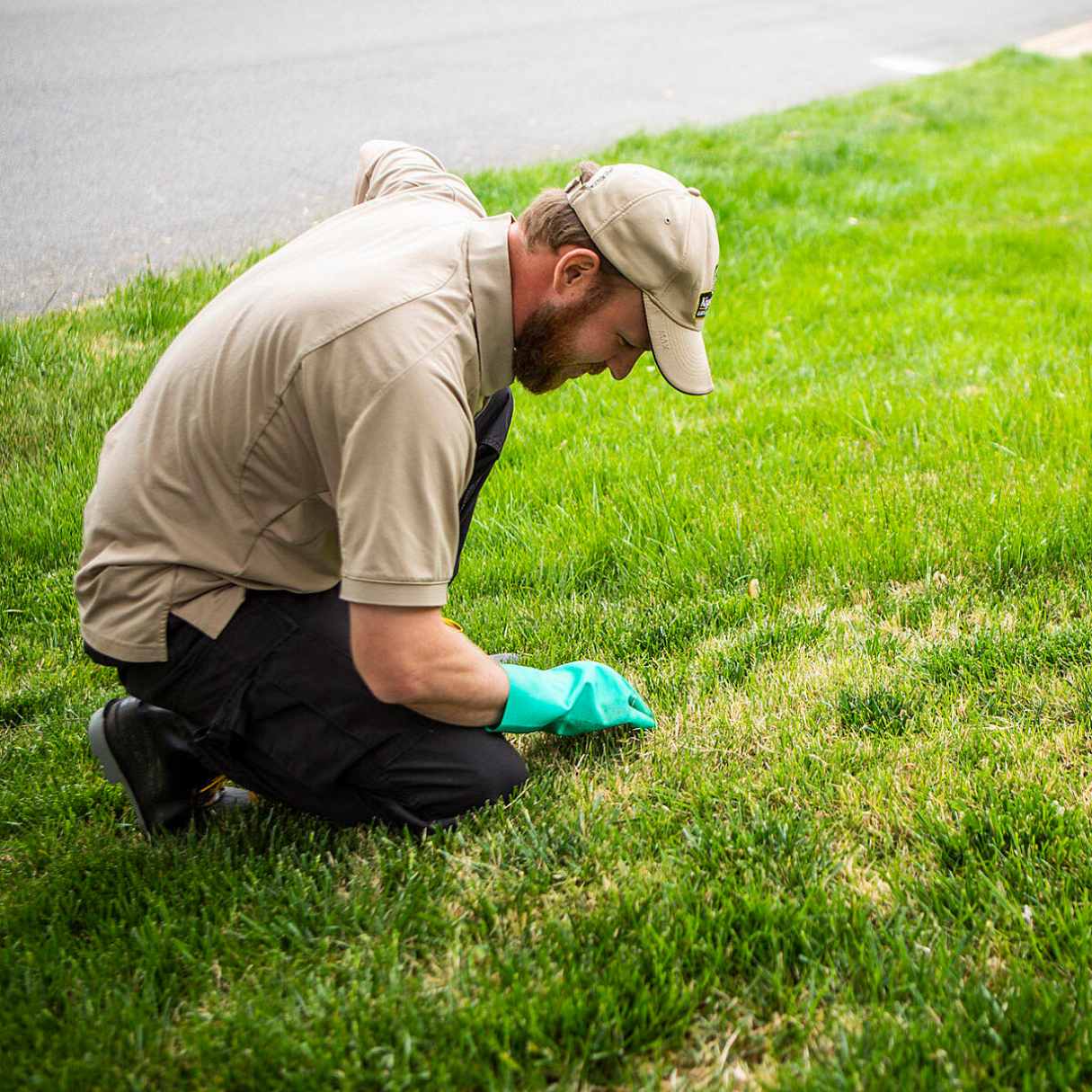
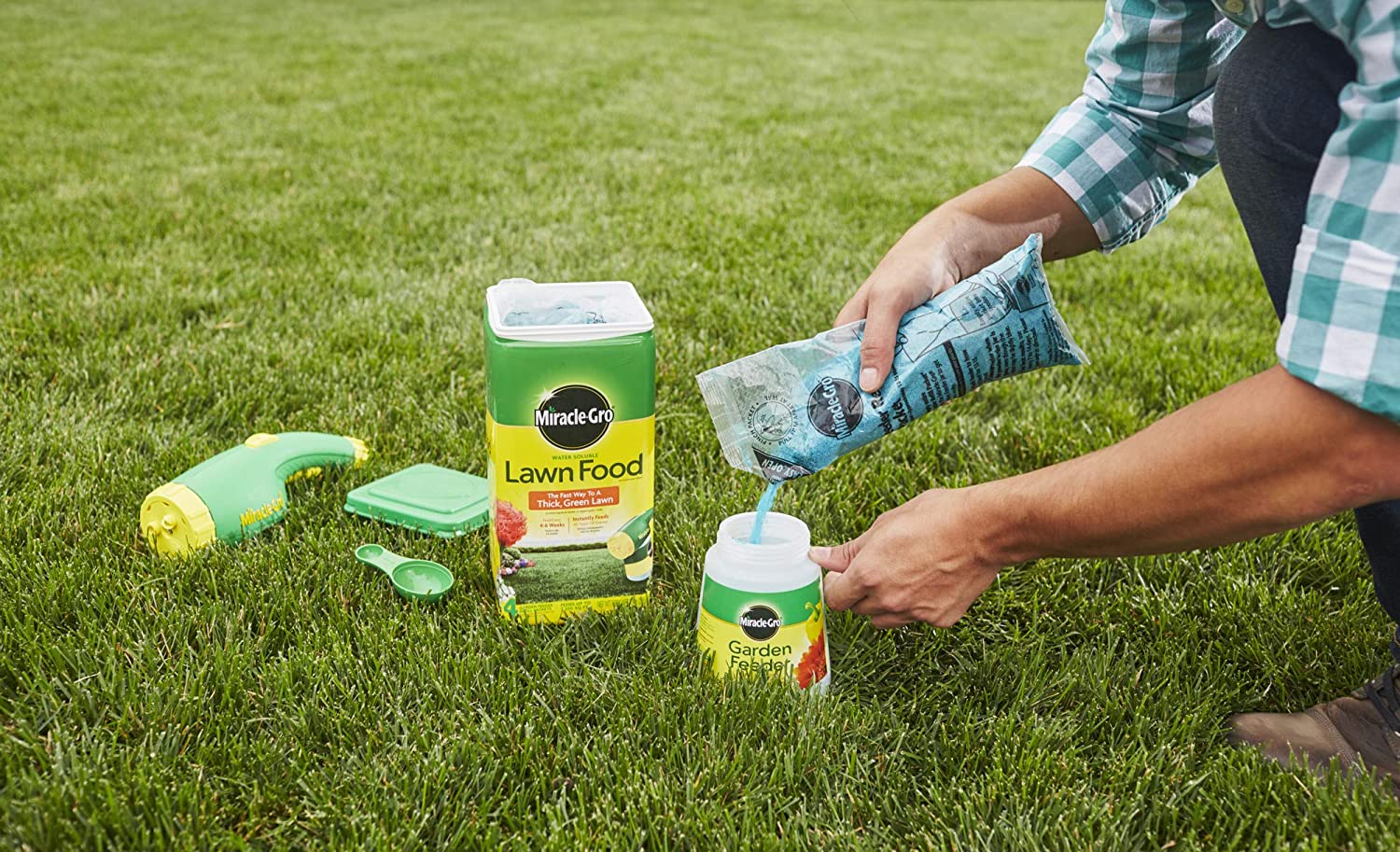
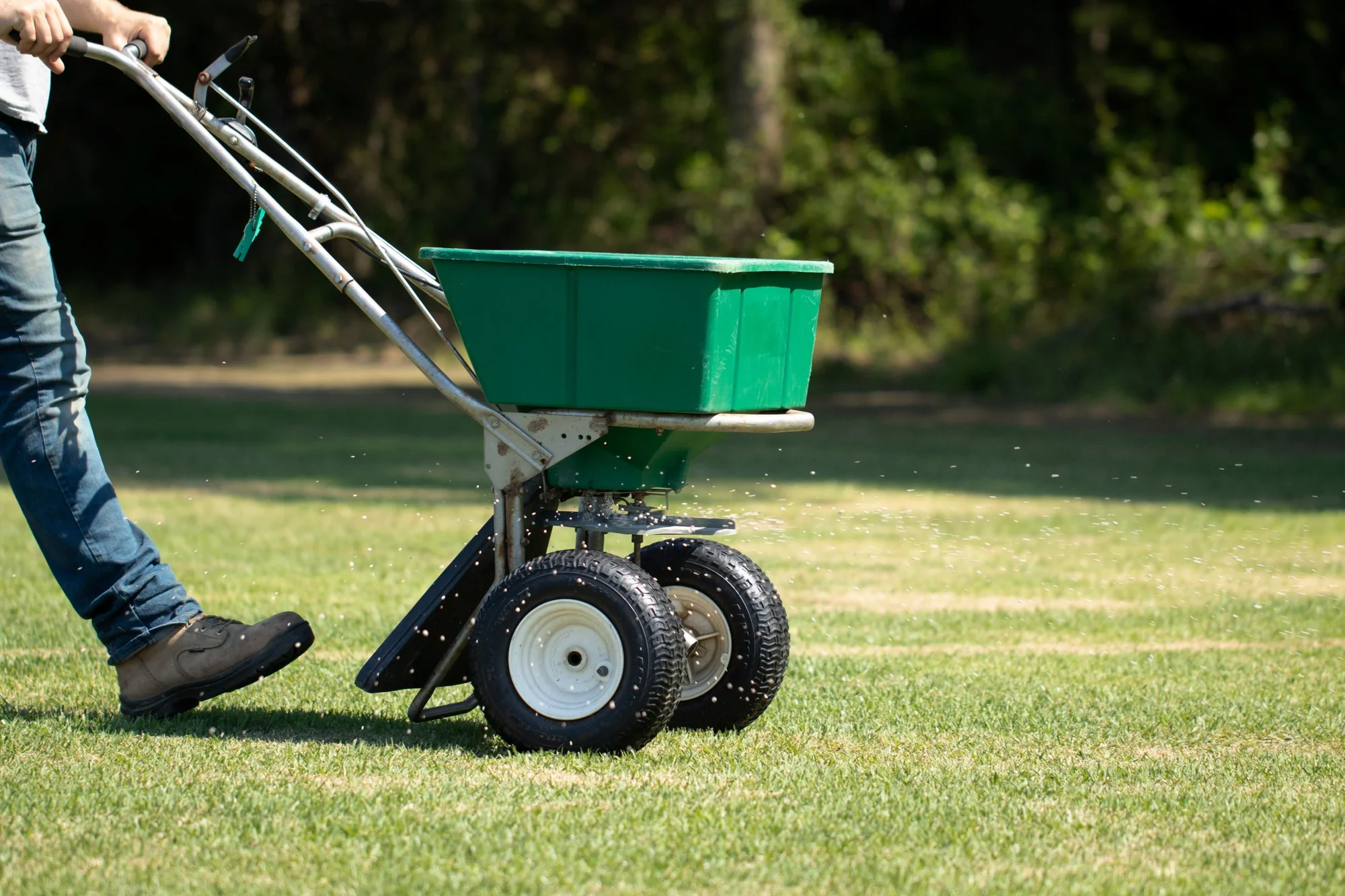
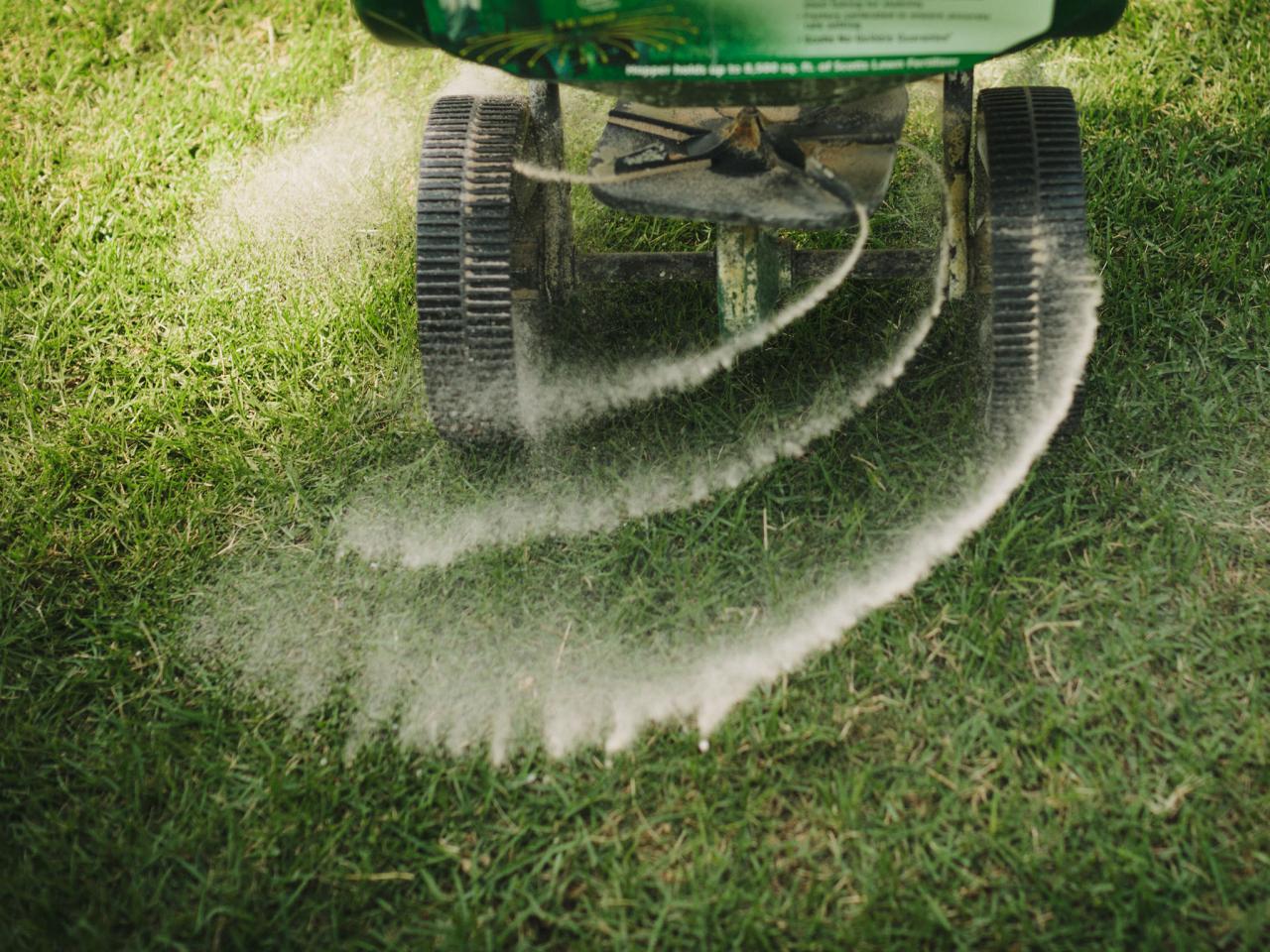

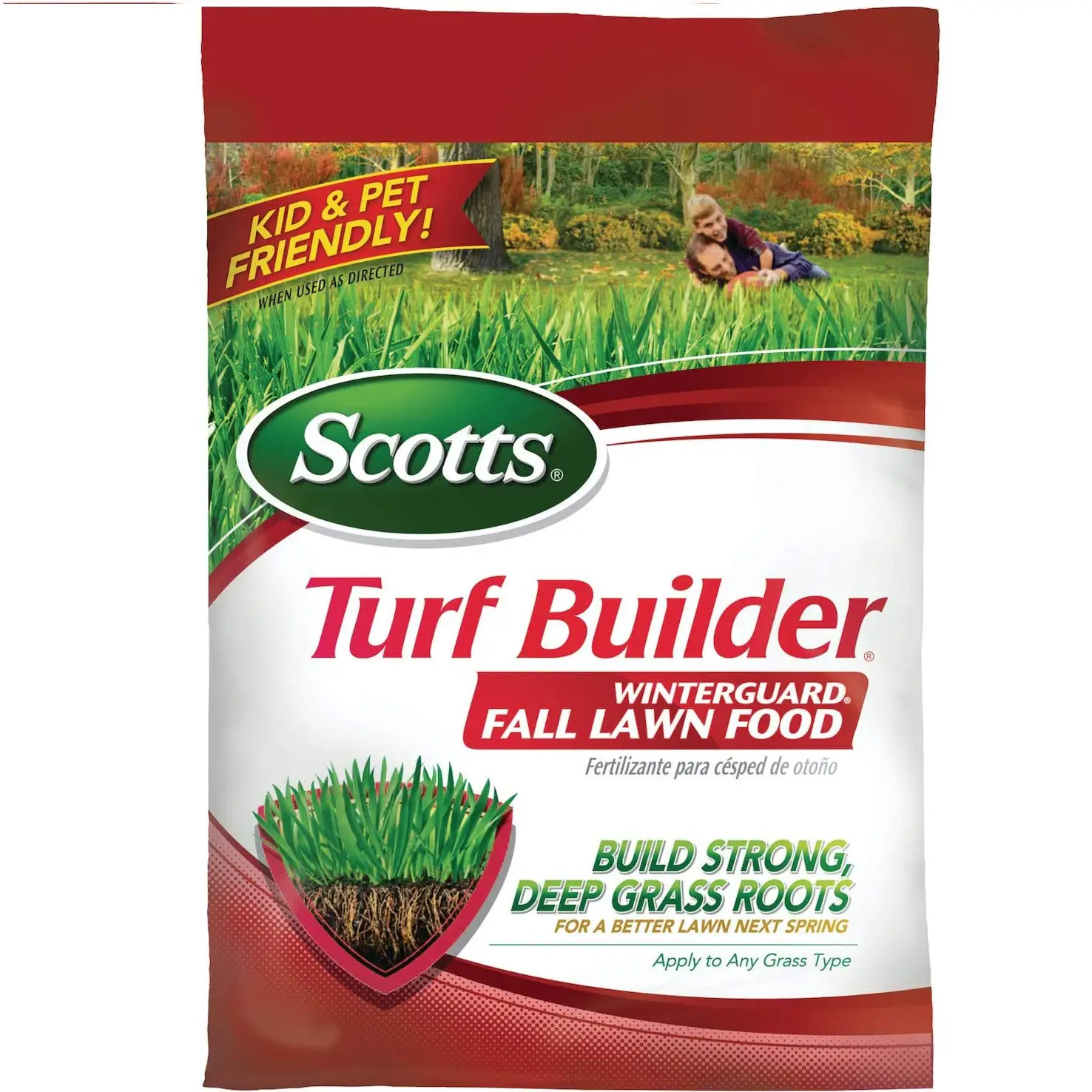
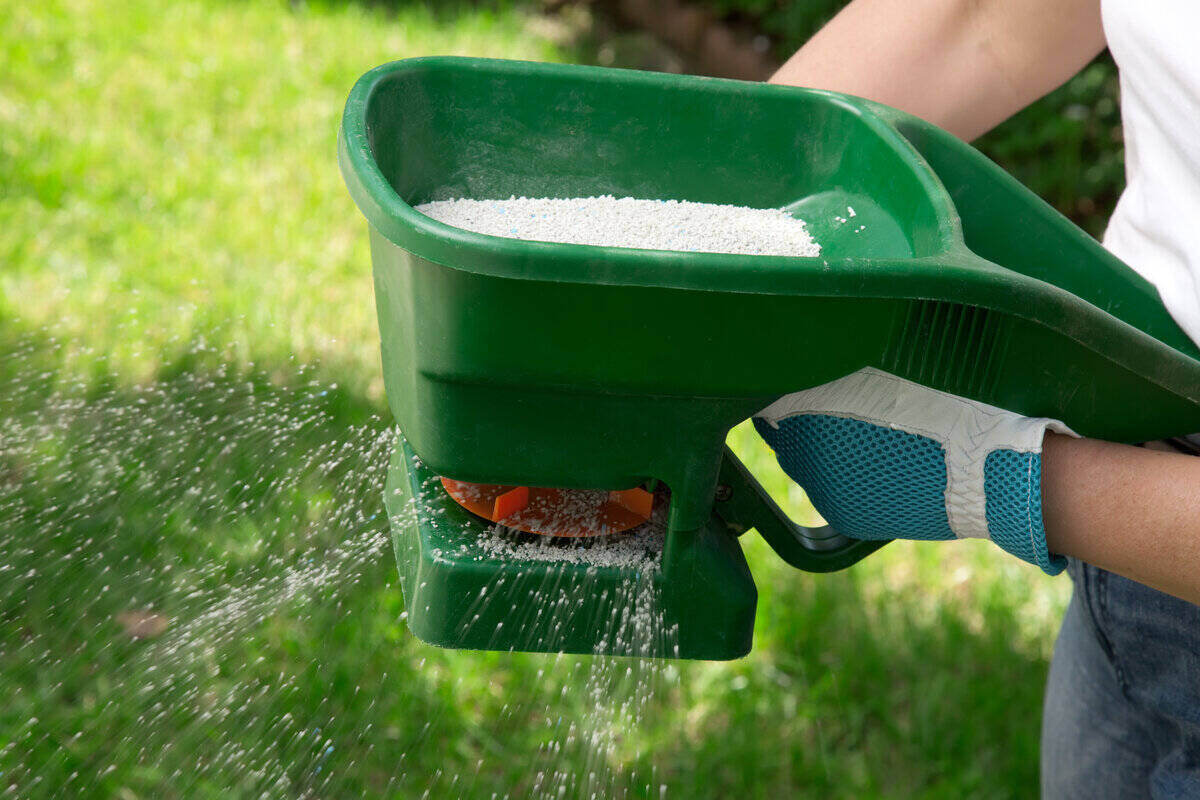

0 thoughts on “How To Fertilize Your Grass”